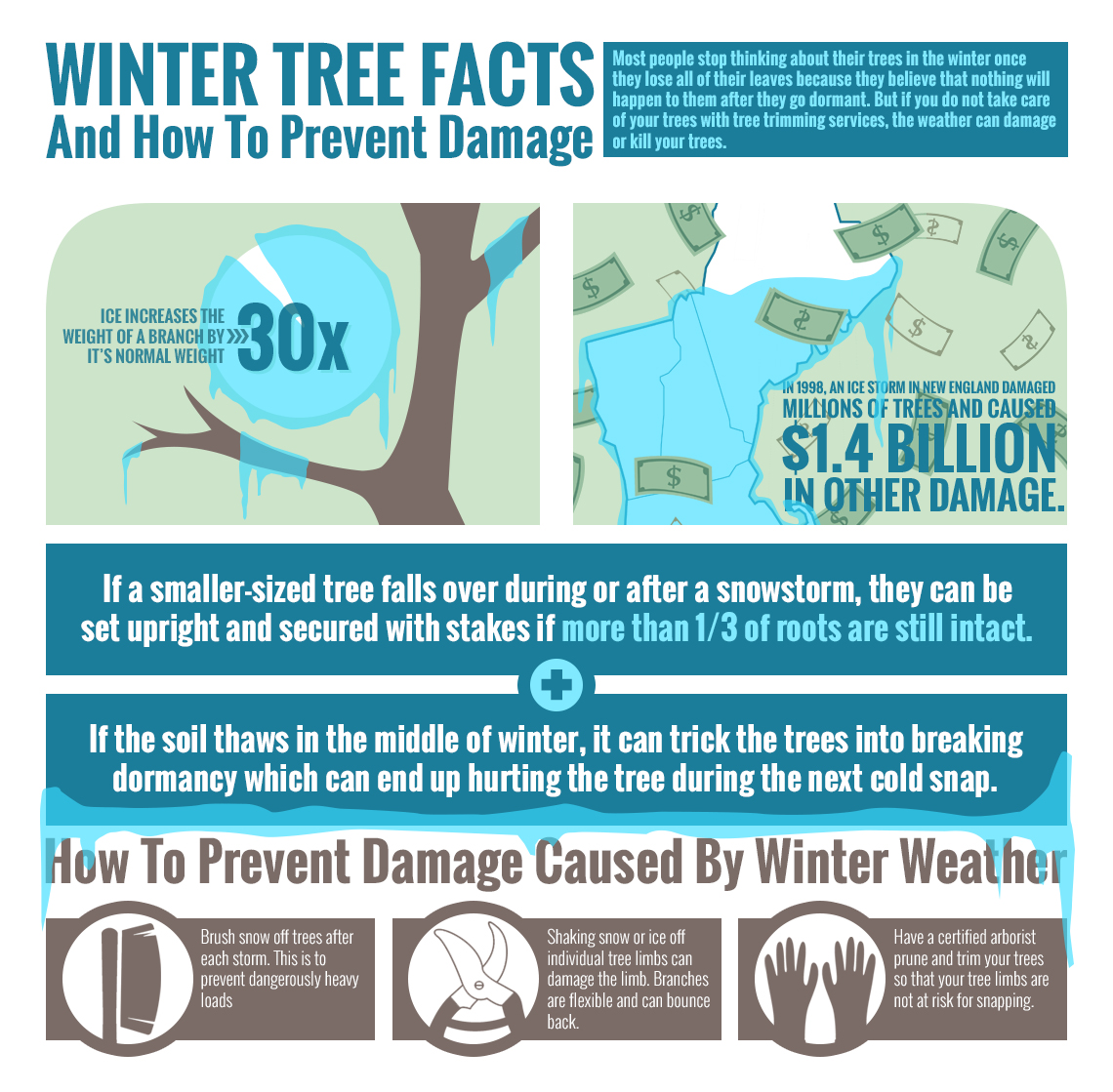Acknowledging The Requirement For Tree Removal: A Guide For Homeowners
Acknowledging The Requirement For Tree Removal: A Guide For Homeowners
Blog Article
private homeowners Written By-Mcmahon Lu
Trees add charm and worth to residential property, however they can also posture a danger during extreme weather condition events. If a tree has stopped growing, is showing visible fungal development, or has a leaning trunk, it should be removed by a specialist to prevent property damage and injury.
To read more, go to a property owner resource reasonable co-hosted by HPD, the Center for NYC Neighborhoods, and Brooklyn-based housing partners this night in Bedford-Stuyvesant. The event will include the Home owner Handbook, a new guide to help house owners navigate the responsibilities of possessing a home.
1. Dead or Perishing Branches
Trees are an indispensable part of your home's landscape, offering color and appeal. They likewise give shelter for wild animals and produce oxygen, but even healthy and balanced trees can experience health problems that might demand their removal. Dead or passing away trees aren't simply unsightly, they can be unsafe. Their branches could fall throughout a storm, causing pricey building damage and injuries.
When a tree's branches begin to die, it indicates that its structure is beginning to break down. If the majority of its branches are dead, it is likely time to remove it.
Try to find a lack of brand-new growth, bark peeling, open wounds or dental caries, fungi expanding on the trunk or roots and a basic appearance of degeneration in the entire canopy. These indicators of infection can indicate a major issue that will call for professional tree services to settle.
2. Leaning Trunk
While it's normal for trees to lean from time to time due to phototropism, if a tree has a dangerous or extreme lean that's not because of natural processes - maybe a sign that the tree needs to be removed. If the tree is leaning toward a power line, home, car, play framework or any other location that could be harmful to individuals if it drops, then getting in touch with a professional tree service for removal must be a top concern.
It's likewise important to expect any kind of sudden changes in a tree's leaning as it can show damages to the roots or trunk that may bring about falling. This is specifically true during thundercloud, considering that high winds and rain-soaked dirt can trigger a lean to change quickly. Normal surveillance, especially during and after tornados can help home owners recognize potential problems with their trees so they can call an arborist for an extensive evaluation.
3. Parasite Invasion
Some pest invasions, such as wood-boring insects like emerald ash borer or sap-suckers like range bugs, are so severe that they can trigger a tree to die. The best way to avoid pest problem is to check your trees regularly. Look for places, holes, or stainings in the fallen leaves and bark. Check out arborist climbing knots for splits and signs of insect damages, such as passages or tracks.
If a tree becomes as well plagued with pests, or is close to a home or high-voltage line, an arborist might suggest elimination. If please click the up coming article leaning tree establishes a brand-new, unpredictable lean, an arborist will likely recommend removal also to ensure the safety of people and home. If a weakened or dead tree constantly drops extreme branches, it is an indicator that it is time to get rid of the tree. If a tree remains to shed branches for an extended amount of time, it might bring about structural troubles and possible residential property damages.
4. Damaged Trunk
Trees are a gorgeous and fundamental part of our landscape, however they do need normal like maintain them healthy and secure. If a tree is harmed irreparable it is most likely time for it to find down.
Look for just click the following document of damages to the trunk, including vertical fractures, seams, dead branch stubs, noticeable wounds or open dental caries and severe tree-rot. The presence of fungis at the base of the trunk is another advising indicator. Fungi may suggest that the phloem and xylem (life-support cells) are endangered, permitting the spread of condition or a future failure.
Additionally, think about whether the tree has quit growing. Healthy trees will certainly have brand-new growth annually, which might be visible as buds or branches growing and prolonging. If you do not see any type of new growth, it's an excellent concept to have an arborist examine the tree and follow their referral for elimination. A passing away or damaged tree can fall and cause building damage.